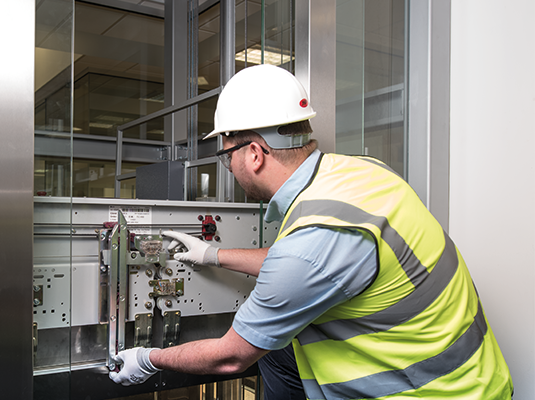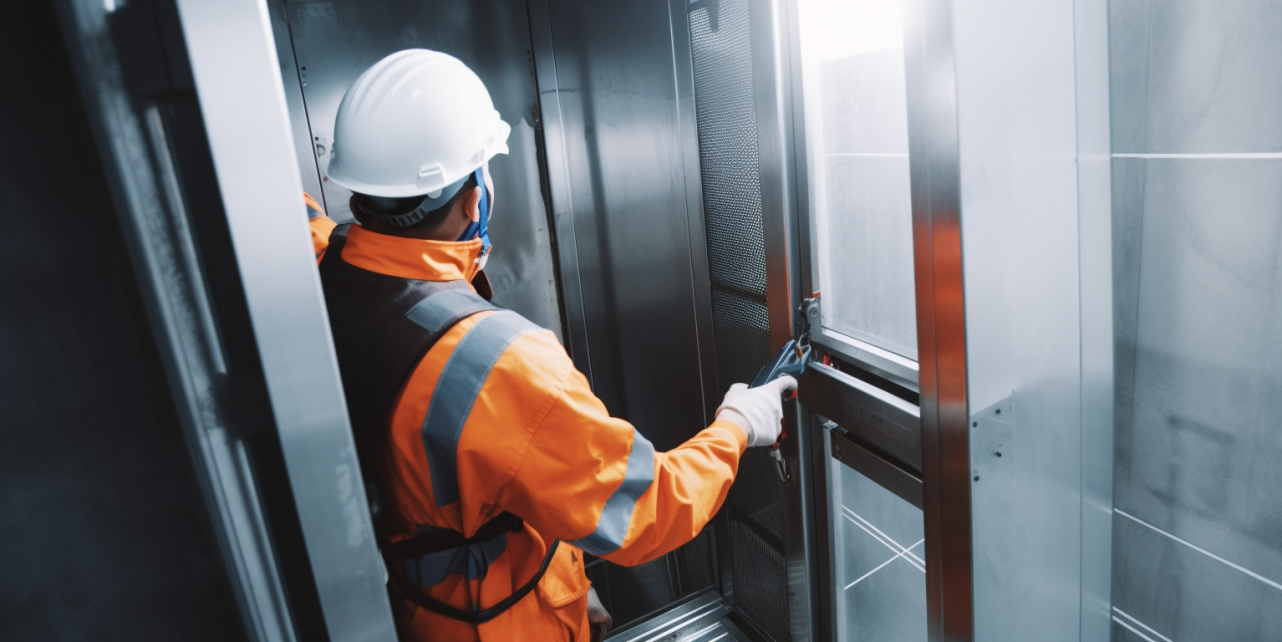Important Overview to Recognizing Handicapped Platform Lifts and Their Capability
Comprehending the ins and outs of handicapped platform lifts exceeds plain understanding; it requires a comprehensive grasp of their functionality and layout. From the numerous types readily available to the crucial parts that make them functional, each element contributes to the seamless procedure of these necessary access devices. The strict safety and security laws and maintenance considerations associated with system lifts are critical in guaranteeing their reliability and longevity. By checking out these elements carefully, one can acquire a profound understanding of exactly how these lifts not just enhance ease of access yet also prioritize individual safety and security and convenience.
Types of Handicapped Platform Lifts
There are a number of sorts of handicapped platform lifts designed to offer ease of access for individuals with mobility challenges. Vertical system lifts are a preferred selection as they relocate directly up and down, making them optimal for shorter distances and where room is restricted. These lifts are usually mounted in homes, institutions, and industrial buildings to aid mobility device individuals in navigating different degrees. Inclined platform lifts, on the other hand, appropriate for areas where an upright lift may not be feasible as a result of building restrictions. These lifts follow the slope of stairways, offering a smooth and safe trip for people with wheelchair issues.
Another type of disabled platform lift is the portable lift, which offers flexibility and benefit. Each type of disabled platform lift serves an unique purpose in enhancing accessibility and improving the quality of life for individuals with mobility challenges.
Secret Parts and Mechanisms
Disabled system lifts, such as upright and likely lifts, rely upon certain crucial elements and systems to guarantee smooth and safe transportation for people with flexibility difficulties. One essential component of these lifts is the platform itself, which functions as the structure for transferring individuals - lift servicing near me. The system is created to be tough, sizable sufficient to fit wheelchairs or movement devices, and outfitted with safety attributes such as guardrails and non-slip surface areas to avoid accidents throughout transportation

Additionally, security sensing units and emergency situation stop buttons are integrated right into impaired platform lifts to improve user security and stop crashes. These components work with each other to develop a trustworthy and reliable transport read this solution for individuals with movement disabilities.
Installment and Upkeep Factors To Consider

Normal upkeep is similarly crucial to maintain disabled system lifts running smoothly. Set up assessments, lubrication of moving components, and testing of safety and security functions should be performed according to the producer's advised schedule. Any kind of signs of damage ought to be resolved without delay to avoid more damage and make certain the lift operates accurately. Additionally, having an upkeep log to track service history and treatments can assist in determining patterns and potential problems prior to they escalate. By focusing on correct installation and attentive maintenance techniques, the longevity and efficiency of impaired system lifts can be made the most of, profiting both customers and facility supervisors.
Safety Features and Regulations
Guaranteeing conformity with security laws is vital when assessing the performance of security attributes in disabled system lifts. Safety functions commonly discovered in impaired platform lifts consist of emergency situation stop buttons, safety obstacles, interlocks, and under-platform sensors. Interlocks guarantee that the lift doors are securely closed before the lift runs, enhancing individual safety.
Benefits of Making Use Of Platform Lifts
Conformity with safety and security guidelines and the implementation of essential safety and security functions in disabled platform lifts contribute to the overall advantages of using these lifts for individuals with disabilities. Beyond safety and security, platform lifts provide a variety of benefits that enhance availability and convenience. Overall, the benefit, self-reliance, and inclusivity facilitated by platform raises substantially improve the quality of life for people with specials needs, making them a vital access remedy.

Conclusion
To conclude, impaired system raises come in numerous kinds with key elements and devices that enable for secure and efficient operation. Setup and upkeep factors to consider are critical for guaranteeing appropriate capability. Safety and security features and policies must be stuck to whatsoever times to stop crashes - lift modernization. The advantages of utilizing system lifts consist of enhanced ease of access and self-reliance for people with handicaps.